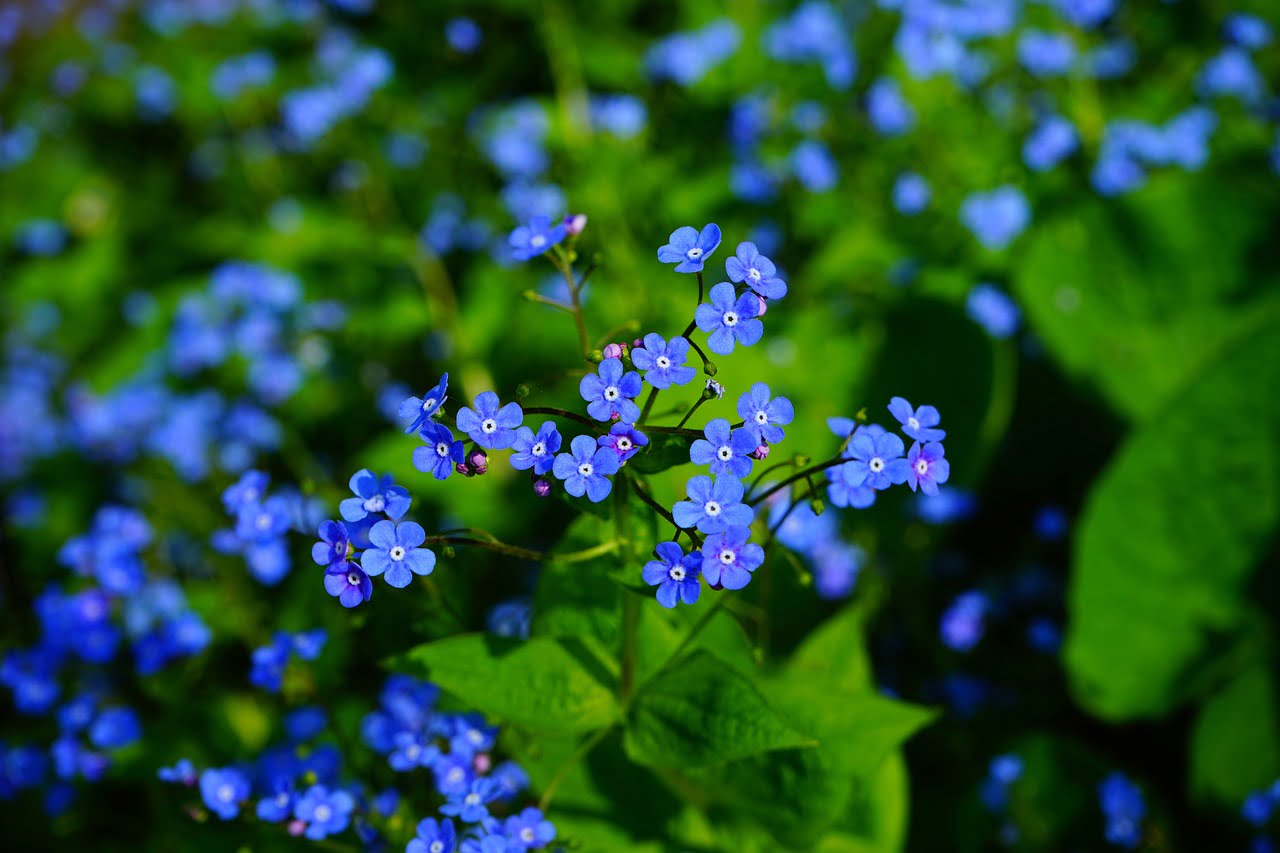
Brunnera and Planting: A Flourishing Garden Awaits
Table of Contents
- Introduction
- Getting to Know Brunnera
- Choosing the Right Location for Brunnera
- Planting Brunnera: Step by Step
- 4.1. Gather Your Supplies
- 4.2. Prepare the Soil
- 4.3. Planting
- 4.4. Mulch and Water
- Caring for Your Brunnera
- 5.1. Watering
- 5.2. Fertilization
- 5.3. Pruning
- Unique Characteristics of Brunnera
- 6.1. Foliage
- 6.2. Flowers
- 6.3. Ground Cover
- 6.4. Shade Tolerance
- Conclusion
- FAQs (Frequently Asked Questions)
Introduction
Brunnera, with its delicate blue flowers and heart-shaped leaves, is a garden gem that can bring elegance and charm to your outdoor space. This comprehensive guide will walk you through everything you need to know about Brunnera, from planting to care, and why it’s a favorite among gardening enthusiasts.
Getting to Know Brunnera
Brunnera, also known as Siberian Bugloss, belongs to the Boraginaceae family and is native to Siberia and parts of Eastern Europe. Its striking resemblance to forget-me-nots sets it apart, making it a beloved choice for gardens.
Choosing the Right Location for Brunnera
Before you start planting, selecting the perfect spot for your Brunnera is crucial. This plant thrives in partial to full shade, making it ideal for those shaded corners of your garden. Ensure the soil is well-draining as Brunnera doesn’t tolerate waterlogged roots.
Planting Brunnera: Step by Step
4.1. Gather Your Supplies
Before you get your hands dirty, gather the necessary supplies:
- Brunnera plants
- Shovel or trowel
- Compost or organic matter
- Mulch
- Watering can or hose
4.2. Prepare the Soil
To set the stage for a successful planting, dig a hole twice the size of the Brunnera’s root ball. Enhance soil fertility by incorporating compost or organic matter.
4.3. Planting
Handle the Brunnera carefully, ensuring you don’t damage the roots while removing it from the container. Plant it at the same level as it was in the container in the prepared hole.
4.4. Mulch and Water
Apply a layer of mulch around the plant to retain moisture and deter weeds. Ensure a thorough watering to settle the soil.
Caring for Your Brunnera
While Brunnera is relatively low-maintenance, it does require some care to thrive.
5.1. Watering
Keep the soil consistently moist but not waterlogged by watering regularly. Deep, infrequent watering is preferable.
5.2. Fertilization
In early spring, apply a balanced, slow-release fertilizer to promote healthy growth.
5.3. Pruning
Remove faded flowers to encourage continuous blooming. In late fall, trim back the foliage to prepare the plant for winter.
Unique Characteristics of Brunnera
Brunnera boasts several unique features that make it a valuable addition to any garden:
6.1. Foliage
Its heart-shaped leaves not only look beautiful but also deter deer from your garden.
6.2. Flowers
In the spring, Brunnera produces delicate, bright blue flowers that resemble forget-me-nots.
6.3. Ground Cover
This plant forms a dense ground cover, perfect for filling in bare spots in your garden.
6.4. Shade Tolerance
Brunnera’s ability to thrive in shaded areas makes it a versatile choice for various garden settings.
Conclusion
By incorporating Brunnera into your garden, you can transform it into a serene and enchanting space. With proper planting and care, you’ll enjoy the beauty of Brunnera throughout the seasons.
FAQs (Frequently Asked Questions)
- Can Brunnera tolerate full sun? While Brunnera prefers partial to full shade, it can handle some morning sun if the soil stays consistently moist.
- How often should I water my Brunnera? Water your Brunnera when the top inch of soil feels dry. Typically, this means regular watering, especially during dry spells.
- Is Brunnera suitable for container gardening? Yes, Brunnera can thrive in containers as long as they have proper drainage and are placed in a shaded location.
- Do I need to divide Brunnera plants? Yes, dividing Brunnera every three to four years in the spring helps maintain its vigor.
- Can I grow Brunnera indoors? While it’s possible to grow Brunnera indoors in a well-lit location, it’s best suited for outdoor gardens due to its size and shade preferences.